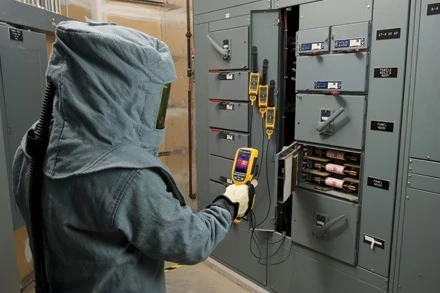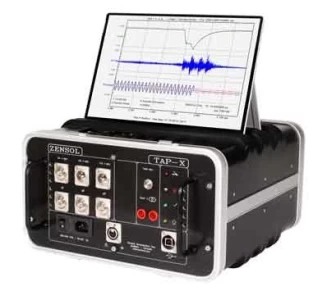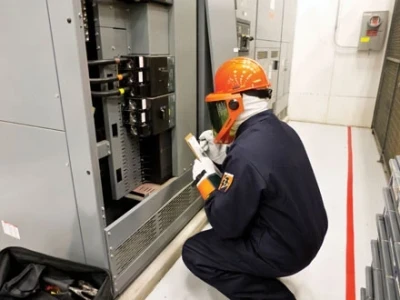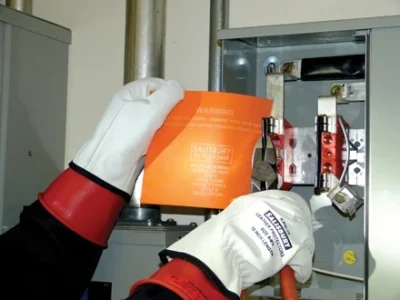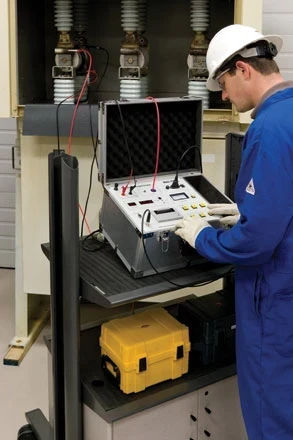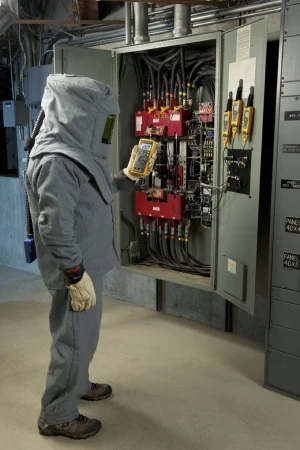Understanding the DC Overpotential Test
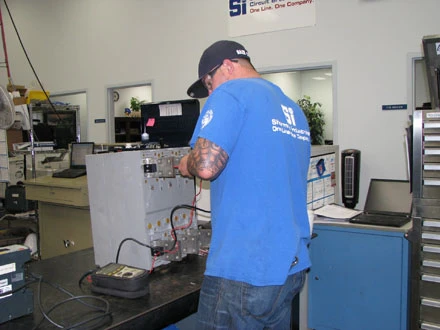
The 411 on DC testing of low-voltage circuit breakers
BY JIM WHITE, Shermco Industries, Inc.
The direct current (DC) overpotential test is one of the basic tests conducted to ensure an insulation system has adequate insulation life to make it to the next scheduled maintenance interval. While not a difficult test to perform, the test equipment used could have some serious deficiencies that may not be discovered unless the technician knows how to verify test instrument operation.
Electrical Source Magazine partnered with Shermco Industries, Inc. brings you a feature that briefly covers the basic test connections and steps in performing the DC overpotential test on low-voltage circuit breakers and how to determine whether or not a megohmmeter is performing properly.
THOUGHTS FROM THE TOP
When testing insulation systems on medium-voltage air-magnetic circuit breakers, the use of a high-potential test set is required, usually with a DC voltage output. Megohmmeters do not adequately stress the insulation at these voltage ratings and off-scale readings would typically be observed.
That being said, a 2.5 kilovolt (kV) megohmmeter is a good choice for performing an overpotential test on a low-voltage power circuit breaker. ANSI/NETA MTS-2011 Table 100.2, shown as Table 1, recommends 2.5kV DC for 600-volt (V) class circuit breakers.
ANSI/NETA MTS-2011: “Standard for Maintenance Testing Specifications for Electrical Power Distribution Equipment and Systems”, is jointly published by the American National Standards Institute (ANSI) and the InterNational Electrical Testing Association (NETA).
The MTS standard recommends that if the insulation does not show signs of failure during the one-minute test, it should be considered satisfactory for continued service. A minimum insulation resistance value could be calculated, but is not a good indicator of insulation quality.

